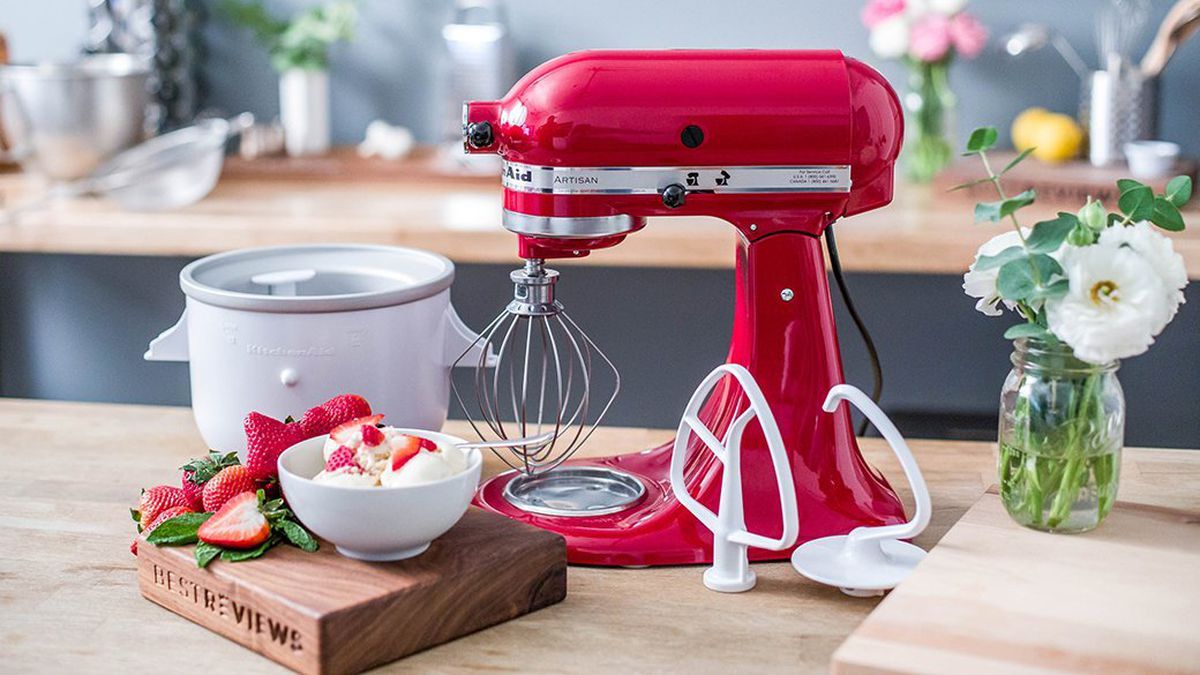

Articles
Kitchenaid Mixer How Many Watts
Modified: February 28, 2024
Discover informative articles about Kitchenaid mixer and its wattage. Learn how many watts are necessary for your culinary needs.
(Many of the links in this article redirect to a specific reviewed product. Your purchase of these products through affiliate links helps to generate commission for Storables.com, at no extra cost. Learn more)
Introduction
Welcome to our comprehensive guide on KitchenAid mixers and their wattage. If you’re in the market for a new mixer or simply curious about the different power ratings available, you’ve come to the right place. KitchenAid mixers are a popular choice among home cooks and professional chefs alike, thanks to their renowned reliability and versatility.
But what exactly is a KitchenAid mixer, and why is wattage important when it comes to choosing the right one for your needs? In this article, we’ll delve into the world of KitchenAid mixers and explain how the wattage of these appliances can impact their performance. So, let’s get started!
Subtitle: What is a KitchenAid Mixer?
A KitchenAid mixer is a powerful and multifunctional kitchen appliance that can handle a wide range of tasks, from kneading dough to whipping cream and everything in between. These mixers are well-known for their durable construction, sleek design, and long-lasting performance. They come with various attachments, including a flat beater, a dough hook, and a wire whip, allowing you to tackle different recipes with ease.
KitchenAid mixers are considered the gold standard in the industry, providing unmatched power and versatility for both amateur cooks and professional chefs. Whether you’re an avid baker looking to whip up the perfect cake batter or a culinary enthusiast ready to experiment with different recipes, a KitchenAid mixer is an essential tool in your kitchen arsenal.
Subtitle: Importance of Watts in KitchenAid Mixers
Watts play a crucial role in the performance and efficiency of a KitchenAid mixer. The wattage refers to the power output of the motor, determining how effectively the mixer can handle heavy-duty tasks and process ingredients. Higher wattage usually means more power and faster mixing, making it ideal for demanding recipes or large volumes of ingredients. On the other hand, lower wattage mixers are suitable for lighter tasks and smaller quantities.
Understanding the wattage of a KitchenAid mixer is essential because it can affect the overall performance and functionality of the appliance. By choosing the right wattage for your needs, you can ensure that your mixer performs optimally and lasts for years to come.
Key Takeaways:
- Understanding the wattage of a KitchenAid mixer is crucial for optimal performance. Higher wattage offers improved power and efficiency for heavy-duty tasks, while lower wattage is suitable for lighter mixing needs.
- Selecting the right wattage for your KitchenAid mixer depends on factors such as the types of recipes you make, the volume of ingredients you work with, and your budget. Higher wattage mixers offer benefits such as improved performance, faster mixing times, and greater versatility in recipe selection.
Read more: How Many Watts Is A KitchenAid Stand Mixer
What is a KitchenAid Mixer?
A KitchenAid mixer is a versatile and powerful kitchen appliance that has become a staple in many households. It is designed to make cooking and baking tasks easier and more efficient. Whether you’re a seasoned chef or a novice home cook, a KitchenAid mixer can be your ultimate kitchen companion.
At its core, a KitchenAid mixer consists of a motor that powers a mixing mechanism. This mechanism drives different attachments, such as a flat beater, a dough hook, and a wire whip, to perform various tasks in the kitchen. With these attachments, you can mix, knead, beat, whip, and blend ingredients effortlessly.
One of the standout features of KitchenAid mixers is their durability. These appliances are built to last, often incorporating metal construction and robust gears that can withstand heavy mixing tasks. This ensures that your investment in a KitchenAid mixer will provide you with years of reliable performance.
KitchenAid mixers come in a range of sizes and models to suit different needs and preferences. From compact countertop mixers for smaller kitchens to larger, professional-grade mixers for commercial use, KitchenAid offers a variety of options to accommodate every user.
Beyond its functionality, a KitchenAid mixer is also known for its iconic design. The classic tilt-head design allows easy access to the mixing bowl and attachments, making it simple to add ingredients or swap attachments as needed. Moreover, the mixers come in an array of vibrant colors, allowing you to match your mixer to your kitchen decor or express your personal style.
One of the reasons why KitchenAid mixers have stood the test of time is their versatility. In addition to the standard attachments, there is a wide selection of optional attachments available. These attachments can transform your mixer into a multifunctional tool capable of tasks like grinding meat, making pasta, spiralizing vegetables, and more. This versatility makes the KitchenAid mixer a versatile and space-saving solution for all your culinary needs.
Overall, a KitchenAid mixer is more than just a kitchen appliance – it’s a reliable partner that can simplify your cooking and baking endeavors. With its performance, durability, and versatility, a KitchenAid mixer is an investment that can elevate your culinary skills and inspire your creativity in the kitchen.
Importance of Watts in KitchenAid Mixers
When it comes to selecting a KitchenAid mixer, it’s essential to consider the wattage rating of the appliance. Wattage refers to the amount of power that the motor of a mixer can generate. It plays a crucial role in determining the mixer’s performance and efficiency in handling various tasks.
Higher wattage in a KitchenAid mixer generally translates to more power and faster mixing. It enables the appliance to handle heavier loads and process ingredients more efficiently. This is especially important when tackling demanding recipes, such as bread dough or thick batters, where a more powerful mixer can work through the ingredients with ease.
On the other hand, lower wattage mixers are suitable for lighter tasks and smaller quantities. If you primarily use your mixer for simple tasks like whipping cream or mixing cake batter, a lower wattage model can be sufficient and more budget-friendly.
Understanding the wattage of a KitchenAid mixer is crucial because it directly impacts its performance and functionality. The right wattage ensures that the mixer can handle your desired tasks without straining the motor or overheating. It also determines the longevity of the appliance, as a motor that is constantly overworked may wear out faster.
So, how do you determine the appropriate wattage for your needs? It largely depends on the types of recipes you typically make and the volume of ingredients you work with. If you frequently bake in large quantities or often tackle heavy-duty tasks like kneading dough, investing in a higher wattage mixer is recommended.
For most home cooks and amateur bakers, a KitchenAid mixer with a wattage between 200 to 500 watts is usually sufficient for their needs. This range provides enough power to handle most common recipes and ingredients. Professional-grade mixers, with wattage above 500, are typically reserved for commercial kitchens or serious baking enthusiasts who require maximum power and performance.
Besides the wattage, it’s also important to consider the build quality and efficiency of the motor itself. A mixer with a high wattage rating but an inefficient motor may not necessarily perform better than a lower wattage model with a more efficient motor.
Ultimately, the importance of wattage in a KitchenAid mixer lies in matching the power output to your specific cooking and baking requirements. Consider the types of recipes you make, the volume of ingredients you work with, and your budget to make an informed decision on the right wattage for your needs. By choosing the appropriate wattage, you can ensure that your KitchenAid mixer performs optimally and provides you with the best results for years to come.
Understanding Power Ratings
When it comes to KitchenAid mixers, understanding power ratings is essential in order to choose the right appliance for your needs. Power ratings are typically measured in watts and determine the amount of power that a mixer’s motor can generate. This power directly influences the performance and capabilities of the appliance.
The wattage of a KitchenAid mixer is an important factor to consider because it affects how effectively the mixer can handle different tasks. A higher wattage generally indicates a more powerful motor, allowing the mixer to tackle heavy-duty tasks with ease. This is particularly important if you frequently work with thick doughs, large volumes of ingredients, or engage in extensive mixing sessions.
On the other hand, if you primarily use your mixer for lighter tasks like beating eggs, mixing cake batter, or whipping cream, a lower wattage may still be sufficient. However, it’s important to note that a higher wattage mixer does not necessarily mean better performance for every recipe. Some tasks, such as delicate mixing or light whipping, may actually benefit from a lower wattage to avoid overmixing or excessive air incorporation.
In addition to wattage, it’s worth considering other power-related specifications, such as the amperage rating. Amperage indicates the amount of electrical current that the motor draws. A higher amperage can indicate a more efficient motor, as it draws less current for the same amount of power output. This can lead to less heat generation and increased motor life.
While wattage and amperage provide important insights into a mixer’s power, it’s also crucial to consider the efficiency of the motor and the overall build quality of the appliance. Some mixers may have a lower wattage but a more efficient motor design, resulting in a comparable performance to higher wattage models.
To fully understand power ratings, it’s recommended to read product specifications, customer reviews, and seek knowledgeable advice from experts. By taking into account your typical cooking and baking needs, the volume of ingredients you work with, and the complexity of your recipes, you can make an informed decision on the power rating that suits your requirements.
Remember, the goal is to find a KitchenAid mixer that strikes the right balance of power, efficiency, and versatility for your specific needs. By understanding power ratings and considering factors beyond just wattage, you can choose a mixer that will be a valuable asset in your kitchen and provide you with the best results for your culinary endeavors.
Determining the Wattage of a KitchenAid Mixer
When shopping for a new KitchenAid mixer, it’s essential to know the wattage of the appliance to ensure it meets your specific needs. Determining the wattage is relatively straightforward and can be done by following a few simple steps.
Check the Product Manual or Specifications
The first and easiest way to determine the wattage of a KitchenAid mixer is to refer to the product manual or specifications provided by the manufacturer. Most reputable brands include this information in their documentation or on their website. Look for the technical specifications section, which should include details like the wattage, voltage, and amperage of the mixer.
Search Online
If you don’t have access to the product manual or specifications, conducting an online search can often provide the wattage information you need. Enter the model number or name of the KitchenAid mixer, followed by the phrase “wattage” or “power rating,” into a search engine. This should bring up relevant results, including product descriptions or reviews that mention the wattage of the mixer.
Contact Customer Support
If all else fails, reach out to the customer support team of the manufacturer or retailer. They should be able to provide you with the wattage information for the specific KitchenAid mixer you’re interested in. Be sure to have the model number or name of the mixer on hand, as this will help them assist you more efficiently.
It’s worth noting that the wattage of a KitchenAid mixer may vary depending on the specific model or version. Different models may have different motor sizes or designs, resulting in variations in wattage. Therefore, it’s crucial to verify the wattage of the exact model you’re considering purchasing.
By determining the wattage of a KitchenAid mixer, you can ensure that it aligns with your culinary needs. Remember that higher wattage generally indicates more power and faster mixing, which is ideal for heavy-duty tasks and larger quantities. Conversely, lower wattage mixers are suitable for lighter tasks and smaller volumes.
Knowing the wattage of a KitchenAid mixer is vital for selecting the right appliance that can handle your desired recipes and ingredients. Take the time to research and verify the wattage information to make an informed decision and enjoy the optimum performance from your KitchenAid mixer.
When looking for a Kitchenaid mixer, consider the power of the motor, which is measured in watts. A higher wattage typically indicates a more powerful and efficient mixer for heavy-duty tasks.
Read more: How Many Horsepower Is A Kitchenaid Mixer
Recommended Wattage for Different KitchenAid Mixer Models
KitchenAid offers a wide range of mixer models, each with its own specifications and wattage rating. The recommended wattage for a KitchenAid mixer can vary depending on the model and its intended use. Here are some general guidelines to help you determine the recommended wattage for different KitchenAid mixer models:
Artisan Series
The KitchenAid Artisan Series mixers are a popular choice for home cooks and baking enthusiasts. These mixers typically have a wattage ranging from 325 to 500 watts. The 325-watt models are suitable for basic mixing tasks and lighter batters. If you often work with heavier doughs or larger quantities, consider opting for the 500-watt models for better performance and efficiency.
The KitchenAid Professional Series mixers are designed for those who want commercial-grade performance in their home kitchen. These mixers often have a higher wattage compared to the Artisan Series, ranging from 475 to 575 watts. The higher wattage allows the mixers to handle more demanding tasks, such as kneading stiff doughs or mixing large batches of ingredients.
Commercial Series
KitchenAid’s Commercial Series mixers are built for heavy-duty use, making them ideal for professional chefs or avid baking enthusiasts. These mixers typically have a wattage of 1,000 to 1,500 watts, providing maximum power and performance. The higher wattage allows them to handle even the toughest mixing tasks, including kneading multiple batches of heavy dough consistently.
When selecting the recommended wattage for a KitchenAid mixer model, it’s important to consider your specific cooking and baking needs. If you primarily prepare small quantities of light batters, a lower wattage model may be sufficient. However, if you regularly tackle large volumes of heavy dough or engage in heavy-duty mixing, a higher wattage model may be more suitable.
It’s worth noting that these wattage recommendations are general guidelines and may not apply to every specific model within each series. Always refer to the product manual or specifications provided by the manufacturer for the exact wattage rating of the model you’re considering.
Ultimately, selecting the right wattage for your KitchenAid mixer depends on the types of recipes you typically make, the volume of ingredients you work with, and your budget. By choosing a mixer with the recommended wattage for your needs, you can ensure that it has adequate power and performance to meet your culinary requirements.
Factors to Consider When Choosing the Right Wattage
When it comes to choosing the right wattage for your KitchenAid mixer, there are several factors to consider. The wattage of a mixer directly impacts its power and performance, so it’s important to select the appropriate wattage for your specific needs. Here are some factors to consider when making your decision:
Type of Recipes
Consider the types of recipes you typically make. If you often bake bread or tackle heavy doughs, a higher wattage mixer is recommended to handle these demanding tasks. On the other hand, if you mainly engage in light mixing tasks like whipping cream or making cake batters, a lower wattage mixer may suffice.
Volume of Ingredients
Take into account the volume of ingredients you usually work with. If you often prepare large batches or frequently cook for a larger number of people, a higher wattage mixer will provide you with more power and efficiency. It can handle larger quantities and mix them thoroughly without strain.
Frequency of Use
Consider how frequently you plan to use your mixer. If you’re an avid baker who uses the mixer regularly, investing in a higher wattage model can offer better durability and performance in the long run. However, if you only use your mixer occasionally, a lower wattage model may be more suitable for your needs.
Budget
Take your budget into consideration when selecting the wattage of your KitchenAid mixer. Higher wattage mixers tend to be more expensive, so be sure to assess your needs and evaluate how much power you truly require. If you don’t anticipate using the mixer for heavy-duty tasks, a lower wattage model can still provide satisfactory performance at a more affordable price point.
Cooking Environment
Think about the environment in which you’ll be using the mixer. If you have a large, spacious kitchen with ample counter space, you can comfortably accommodate a larger, higher wattage mixer. However, if space is limited or you have specific size restrictions, consider opting for a compact model with a lower wattage.
By taking these factors into account, you can choose the right wattage for your KitchenAid mixer that suits your cooking and baking needs. Remember that higher wattage mixers provide more power and efficiency for heavy-duty tasks, while lower wattage models are suitable for lighter tasks or smaller quantities. Assess your requirements, consider your budget, and select a mixer that strikes the optimal balance between power, performance, and value.
Benefits of Higher Wattage KitchenAid Mixers
Investing in a higher wattage KitchenAid mixer can offer numerous benefits for your cooking and baking endeavors. While lower wattage models may be sufficient for some tasks, higher wattage mixers provide added power and performance to tackle more demanding recipes and ingredients. Here are some key benefits of opting for a higher wattage KitchenAid mixer:
Improved Performance
Higher wattage mixers can handle heavy-duty tasks with ease, such as kneading stiff bread dough or mixing thick batters. The increased power output ensures that the motor can effectively work through the ingredients, resulting in smoother, more consistent mixes and better overall performance.
Faster Mixing Time
With more power comes faster mixing. Higher wattage mixers can complete mixing tasks more quickly, saving you valuable time in the kitchen. This is particularly advantageous when you need to prepare large quantities or when time is of the essence.
Efficient Processing
A higher wattage mixer can process ingredients more efficiently, ensuring that they are thoroughly mixed and incorporated. This is especially beneficial when working with dense doughs or ingredients that require extensive mixing, as it reduces the chances of under-mixed or unevenly combined results.
Ability to Handle Larger Quantities
If you often cook or bake in larger quantities, a higher wattage mixer is advantageous. It can comfortably handle larger batches of ingredients without straining the motor or compromising performance. This makes it ideal for those who entertain frequently or have a large household.
Versatility in Recipe Selection
Higher wattage mixers offer greater versatility in terms of recipe selection. Their increased power allows you to tackle a wider range of recipes, from basic batters and doughs to more complex and challenging culinary creations. This versatility opens up opportunities for experimentation and elevates your culinary skills.
Durability and Longevity
Higher wattage mixers are often constructed with more robust and durable components to handle the increased power output. This results in a mixer that is built to withstand the demands of heavy mixing tasks and has a longer lifespan. Investing in a higher wattage model can thus be seen as a long-term investment in a reliable and durable kitchen appliance.
Ultimately, the benefits of a higher wattage KitchenAid mixer lie in its enhanced performance, speed, efficiency, versatility, and durability. Consider your cooking and baking needs, the types of recipes you frequently make, and the volume of ingredients you work with to determine whether a higher wattage model is the right choice for your kitchen. By opting for a higher wattage mixer, you can enjoy more power, smoother mixes, and greater versatility in your culinary endeavors.
Conclusion
KitchenAid mixers are renowned for their quality, reliability, and versatility in the kitchen. When choosing the right KitchenAid mixer, understanding the importance of wattage is crucial. The wattage of a mixer determines its power and performance, and selecting the appropriate wattage for your specific needs is essential for optimal results.
By considering factors such as the types of recipes you make, the volume of ingredients you work with, your budget, and your cooking environment, you can determine the ideal wattage for your KitchenAid mixer. Whether you opt for a lower wattage model for lighter tasks or a higher wattage model for heavy-duty mixing, selecting the right wattage ensures that your mixer can meet your culinary demands efficiently and effectively.
Higher wattage KitchenAid mixers offer benefits such as improved performance, faster mixing times, efficient processing, the ability to handle larger quantities, and greater versatility in recipe selection. Additionally, they are often built with durability in mind, providing a reliable and long-lasting kitchen companion.
Remember to consult product manuals, online information, and customer reviews to determine the wattage of specific KitchenAid mixer models. This information will help you make an informed decision and choose a mixer that aligns with your culinary goals and preferences.
Whether you’re a passionate home cook, a professional chef, or somewhere in between, a KitchenAid mixer can elevate your cooking and baking experiences. With the right wattage, you can mix, knead, whip, and blend ingredients with ease, opening up endless possibilities in the kitchen.
So, take the time to evaluate your needs, explore the different wattage options available, and select the perfect KitchenAid mixer that will become a valuable asset and enhance your culinary creativity for years to come.
Frequently Asked Questions about Kitchenaid Mixer How Many Watts
Was this page helpful?
At Storables.com, we guarantee accurate and reliable information. Our content, validated by Expert Board Contributors, is crafted following stringent Editorial Policies. We're committed to providing you with well-researched, expert-backed insights for all your informational needs.
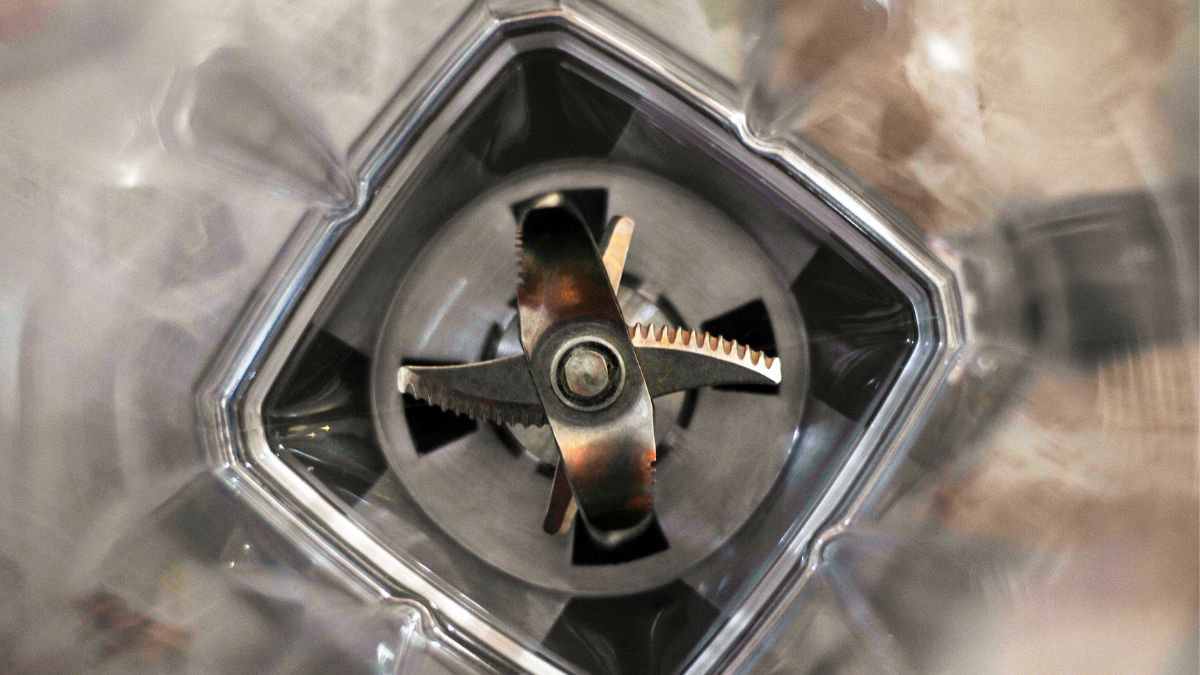
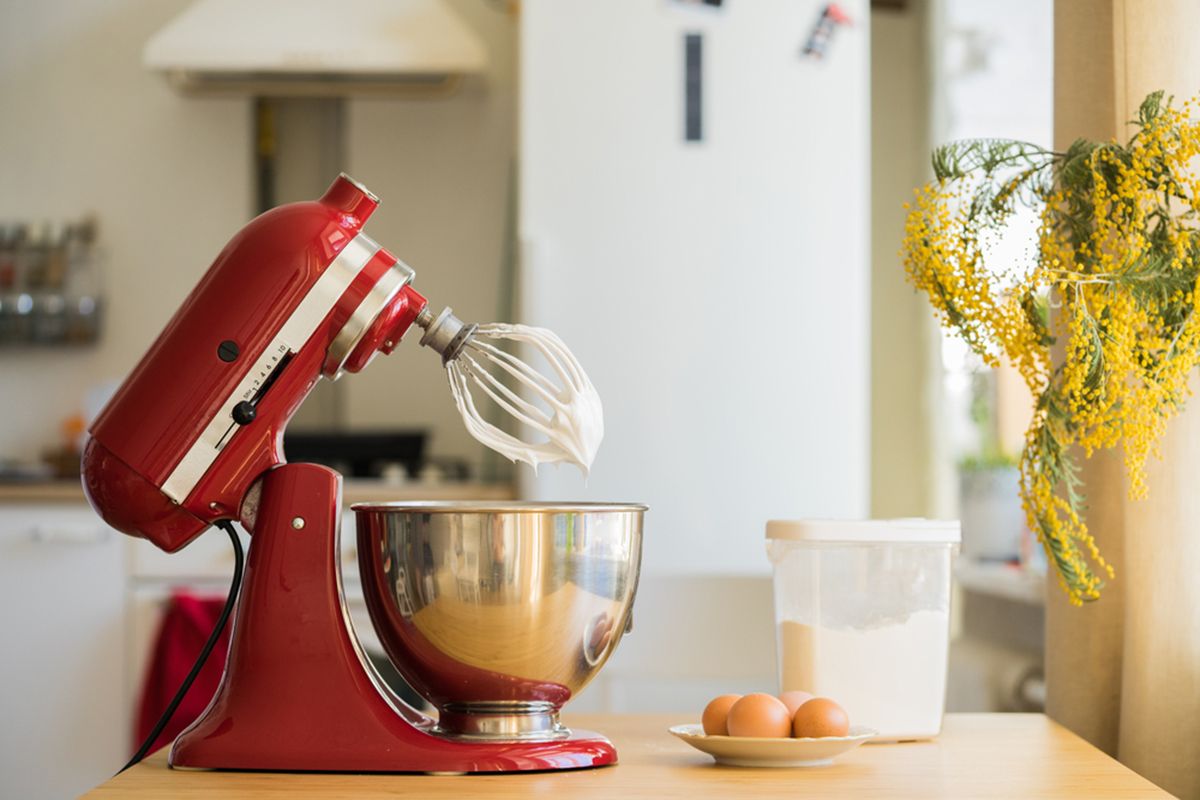
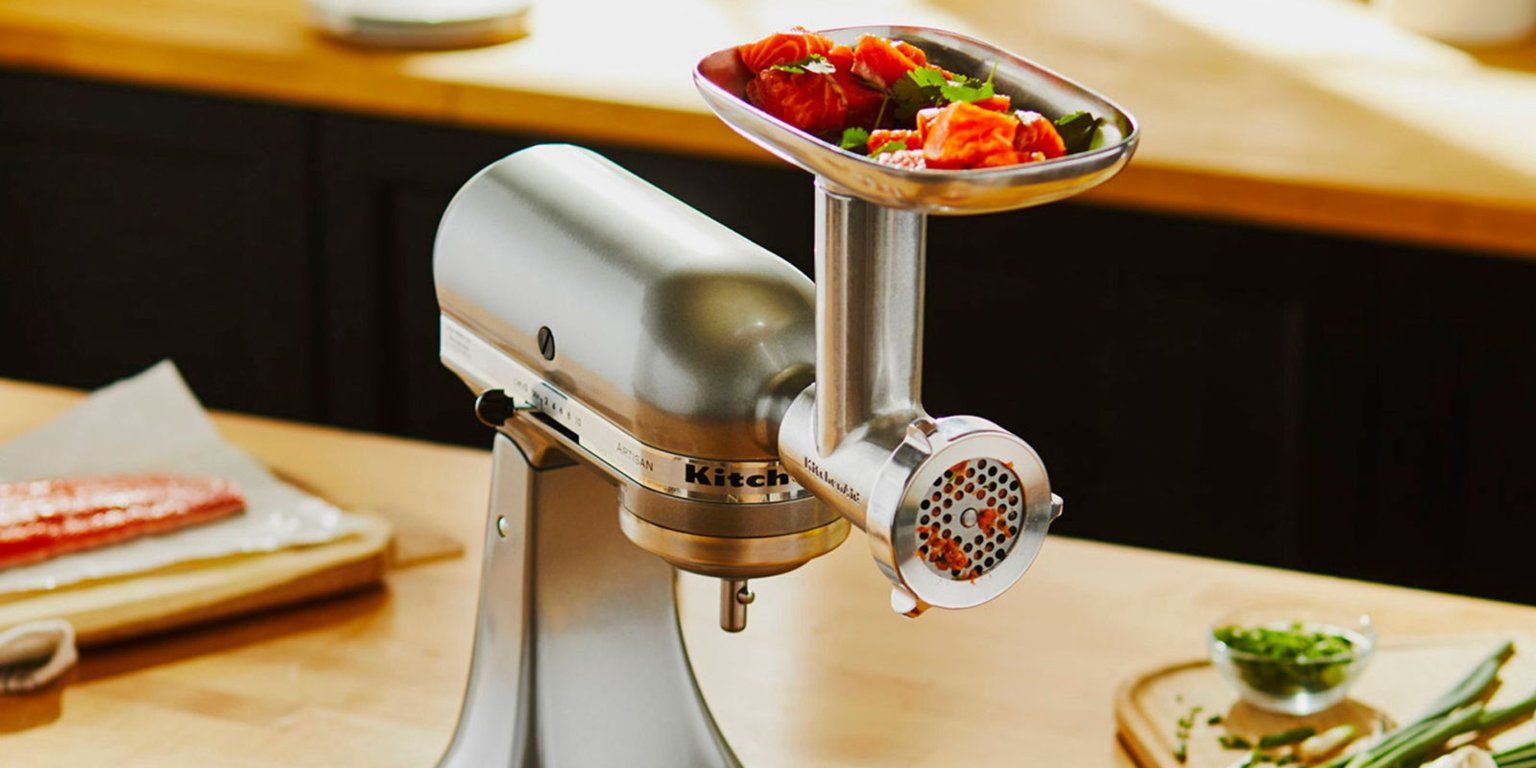
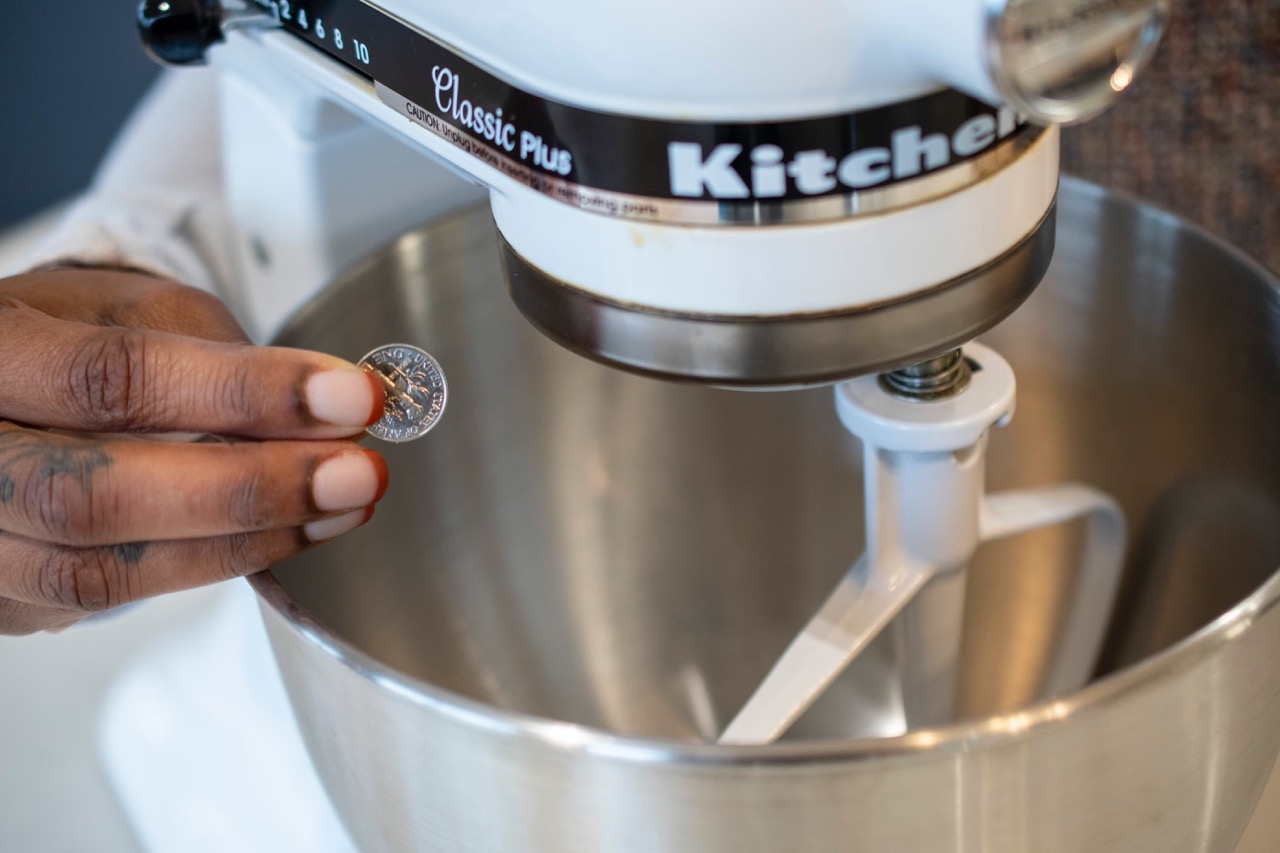
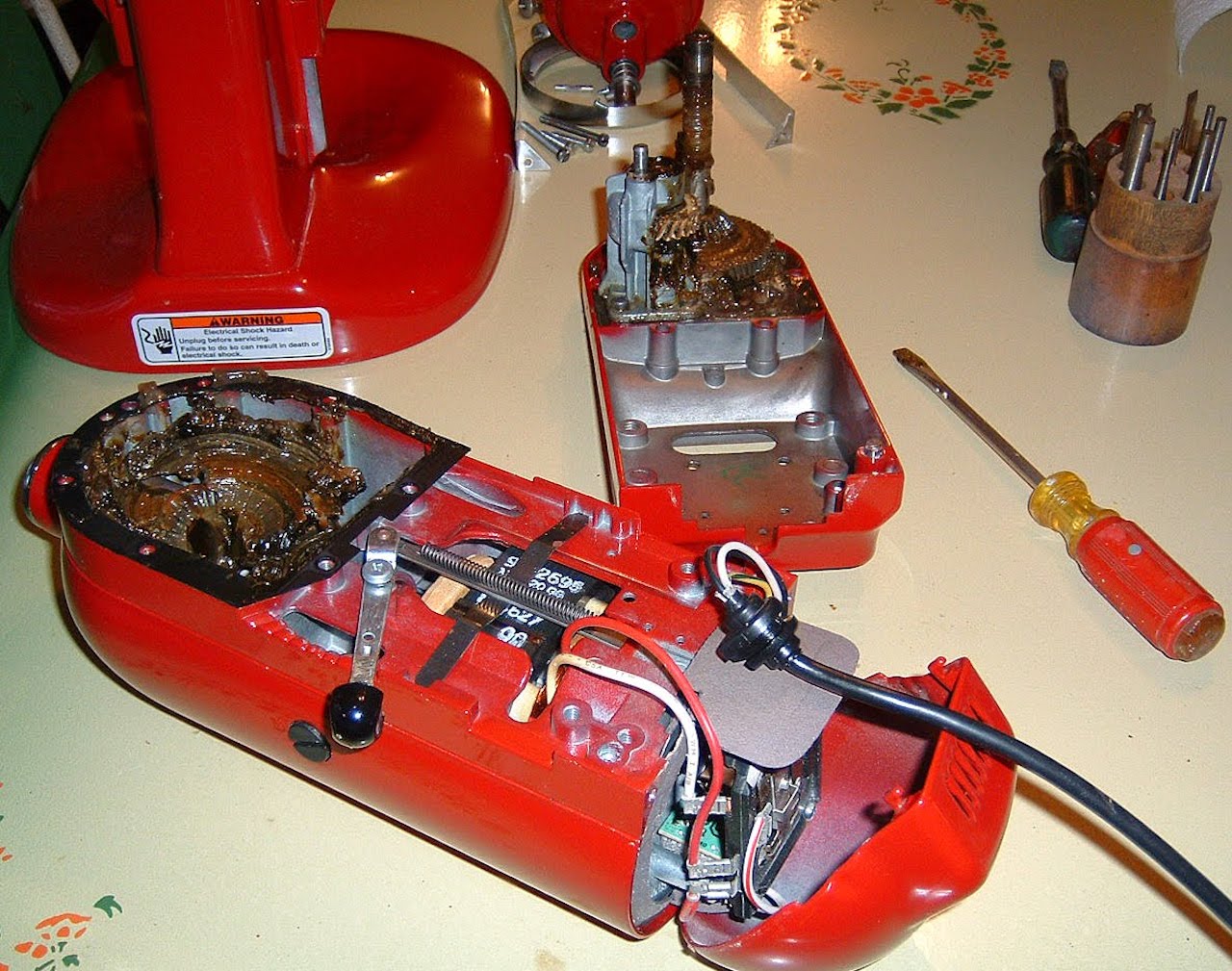
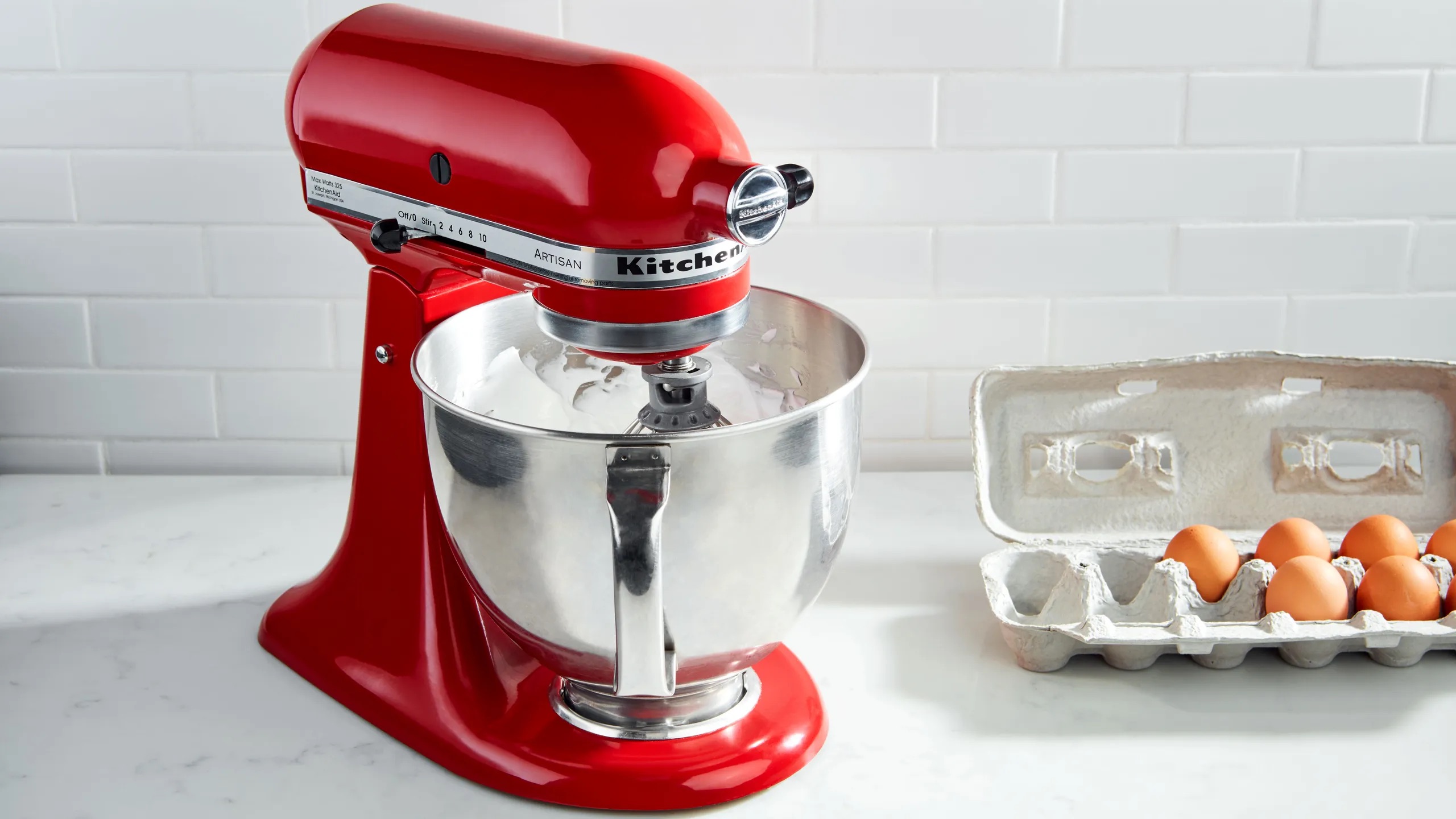
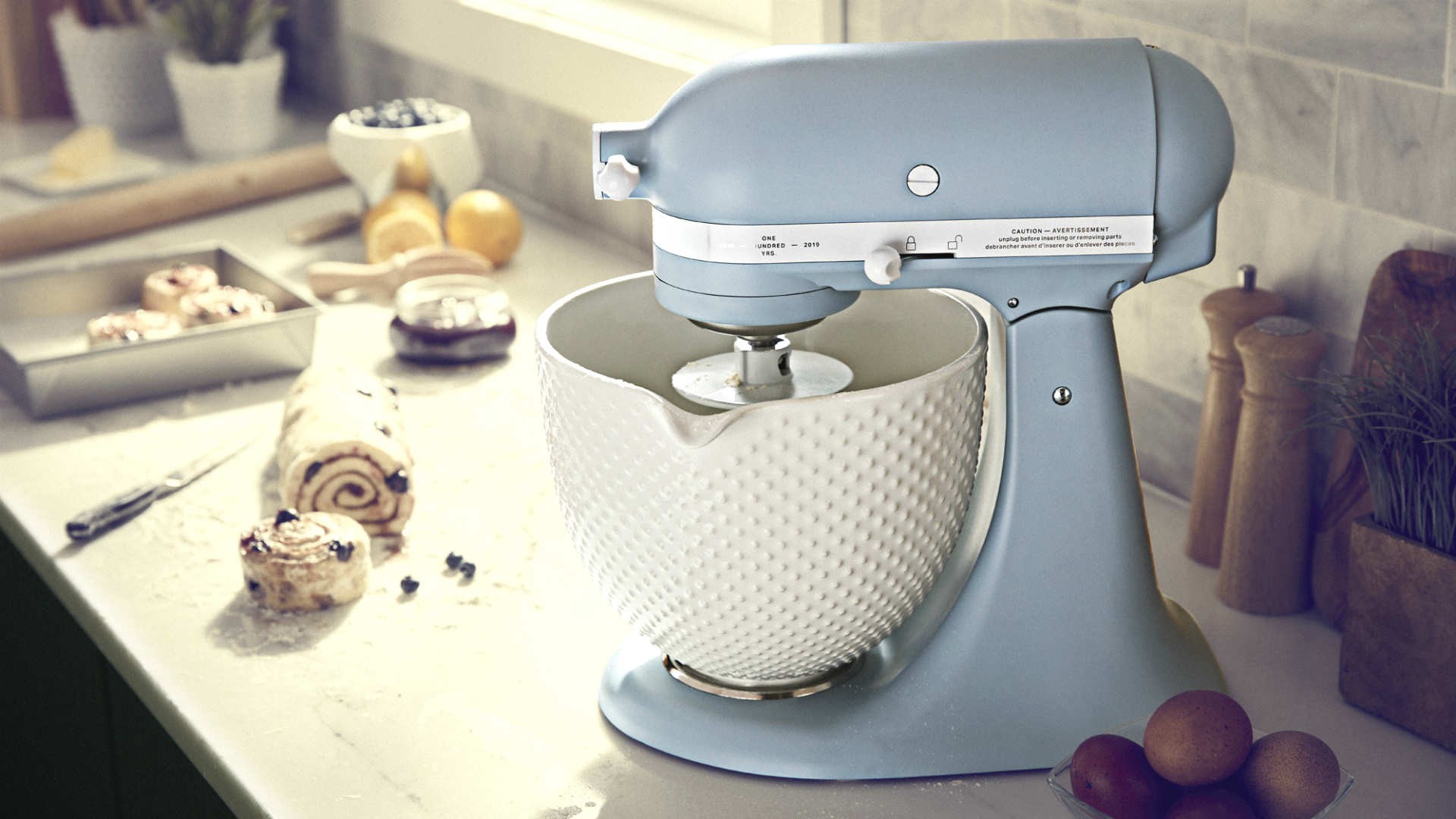

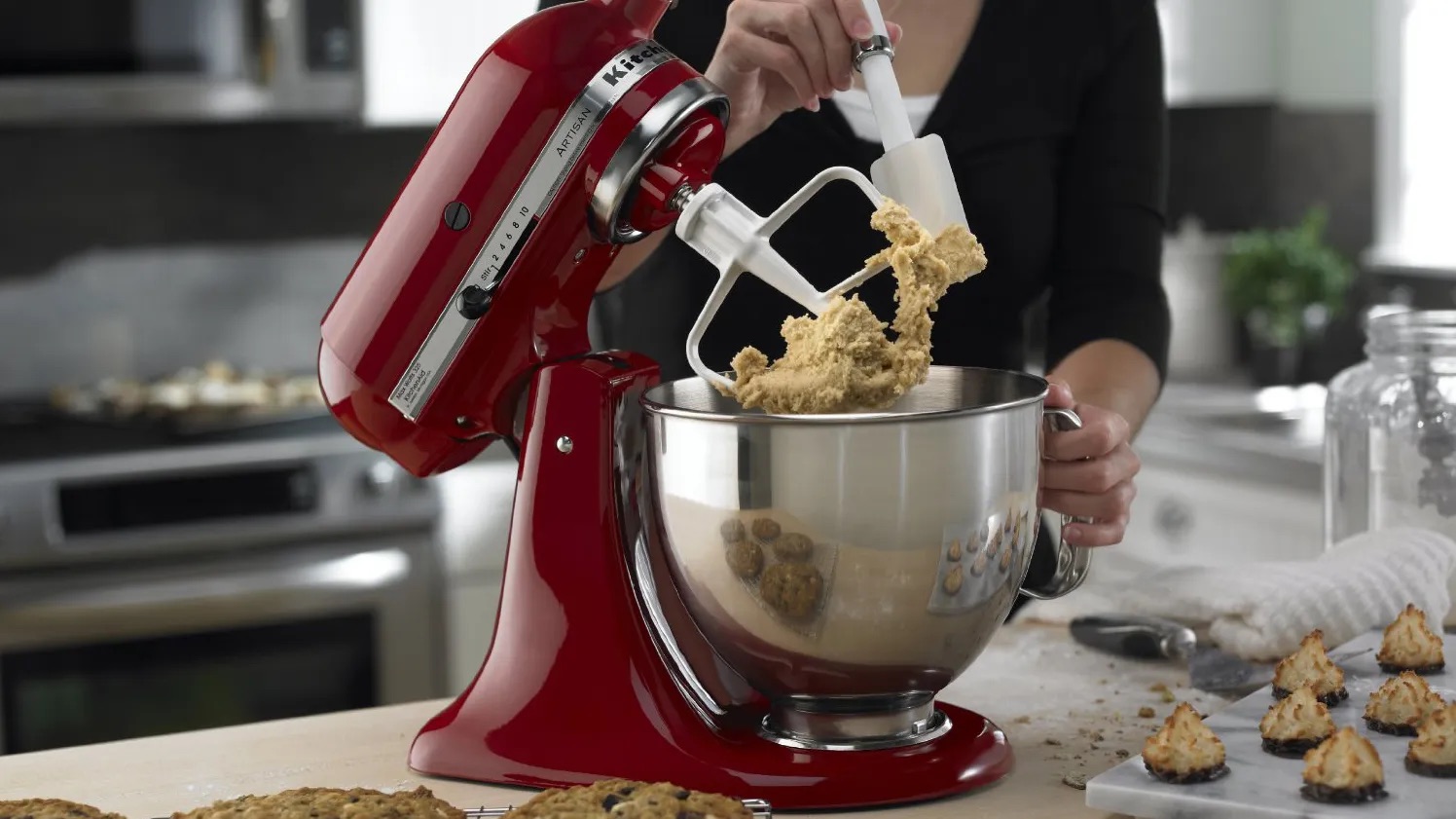
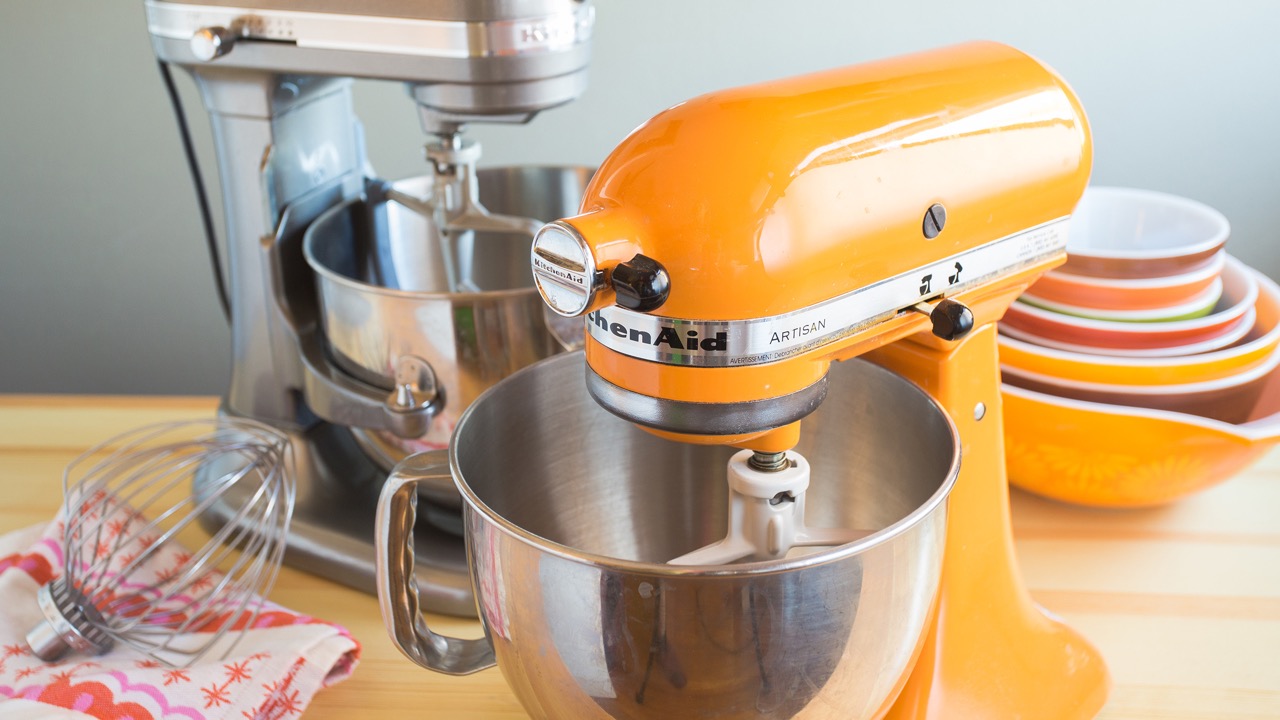
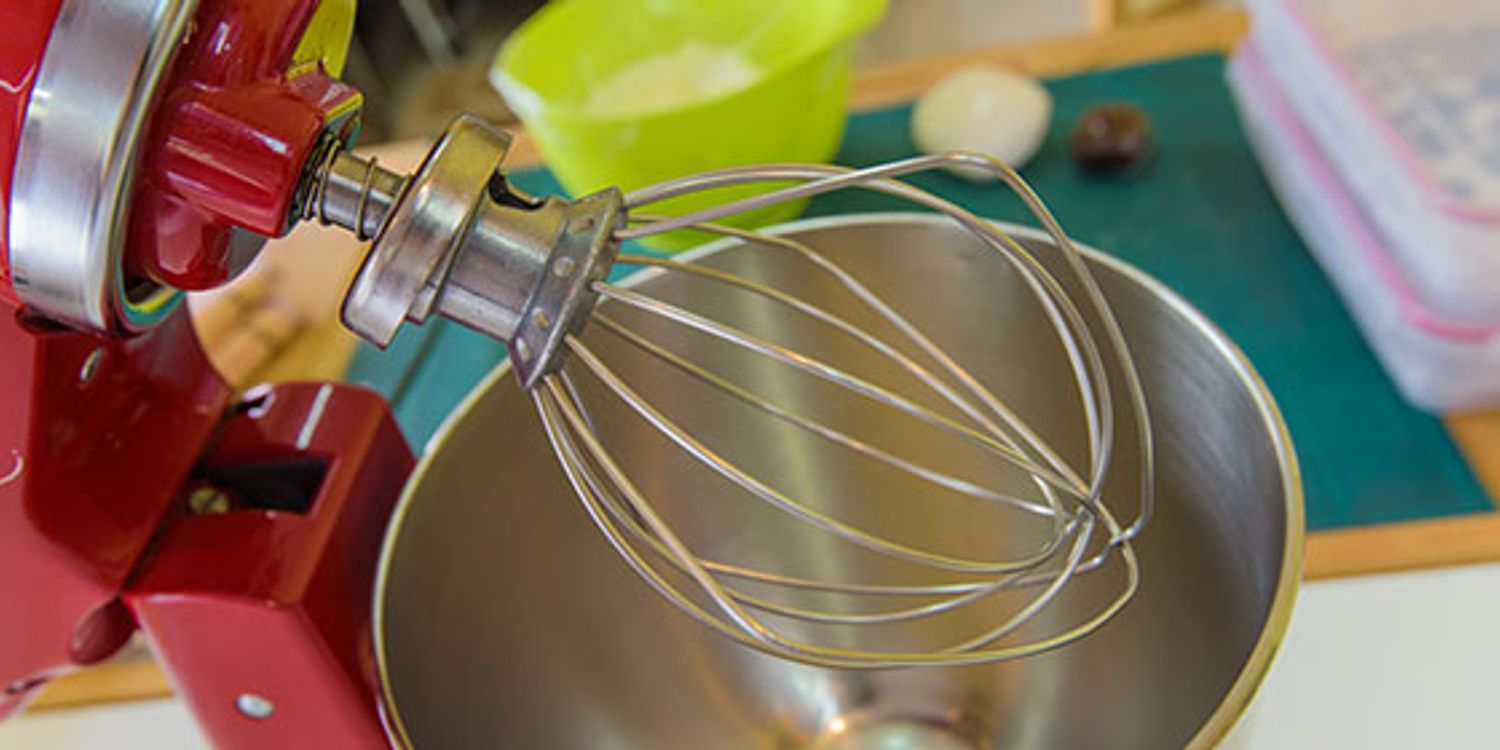

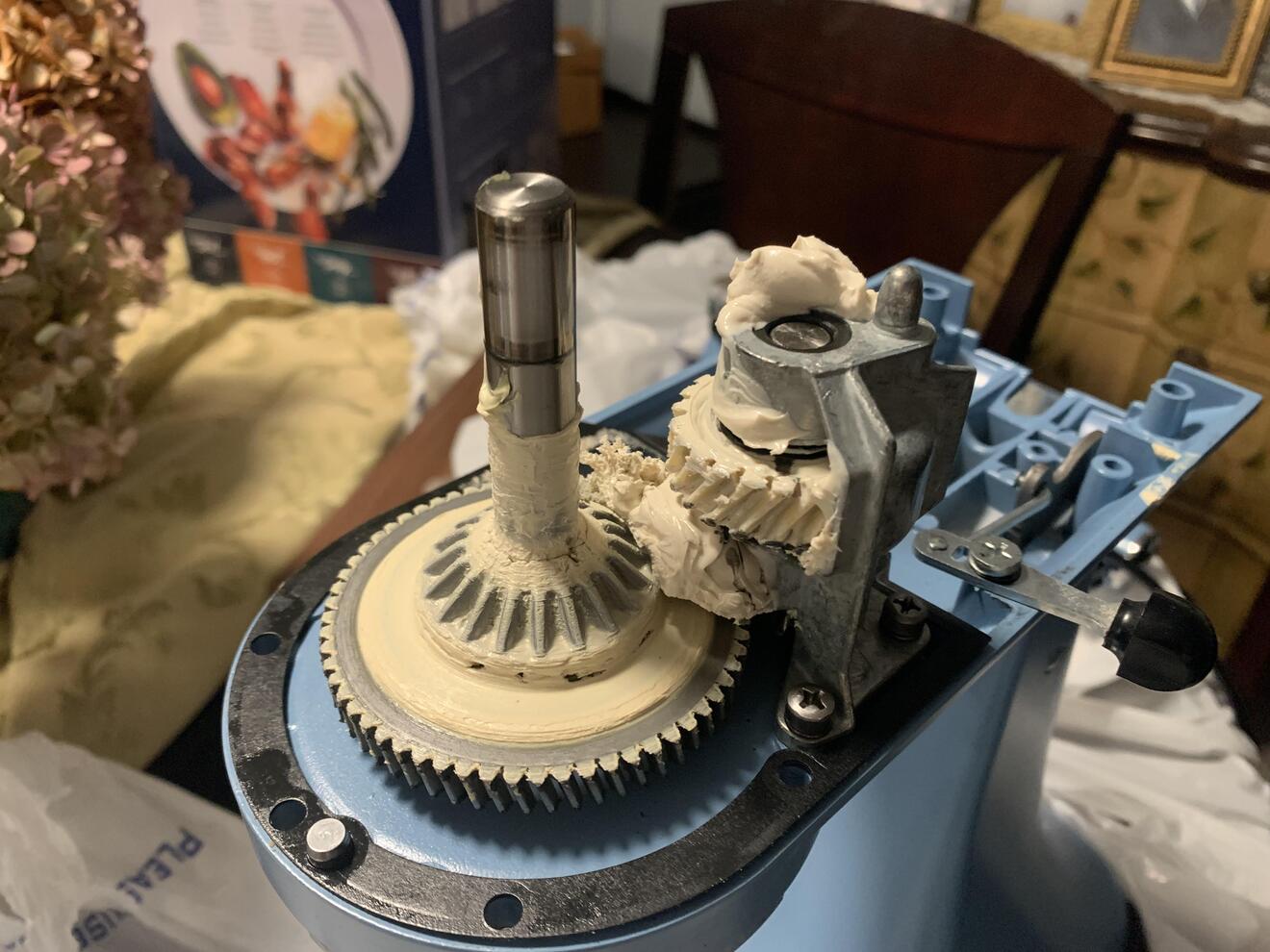
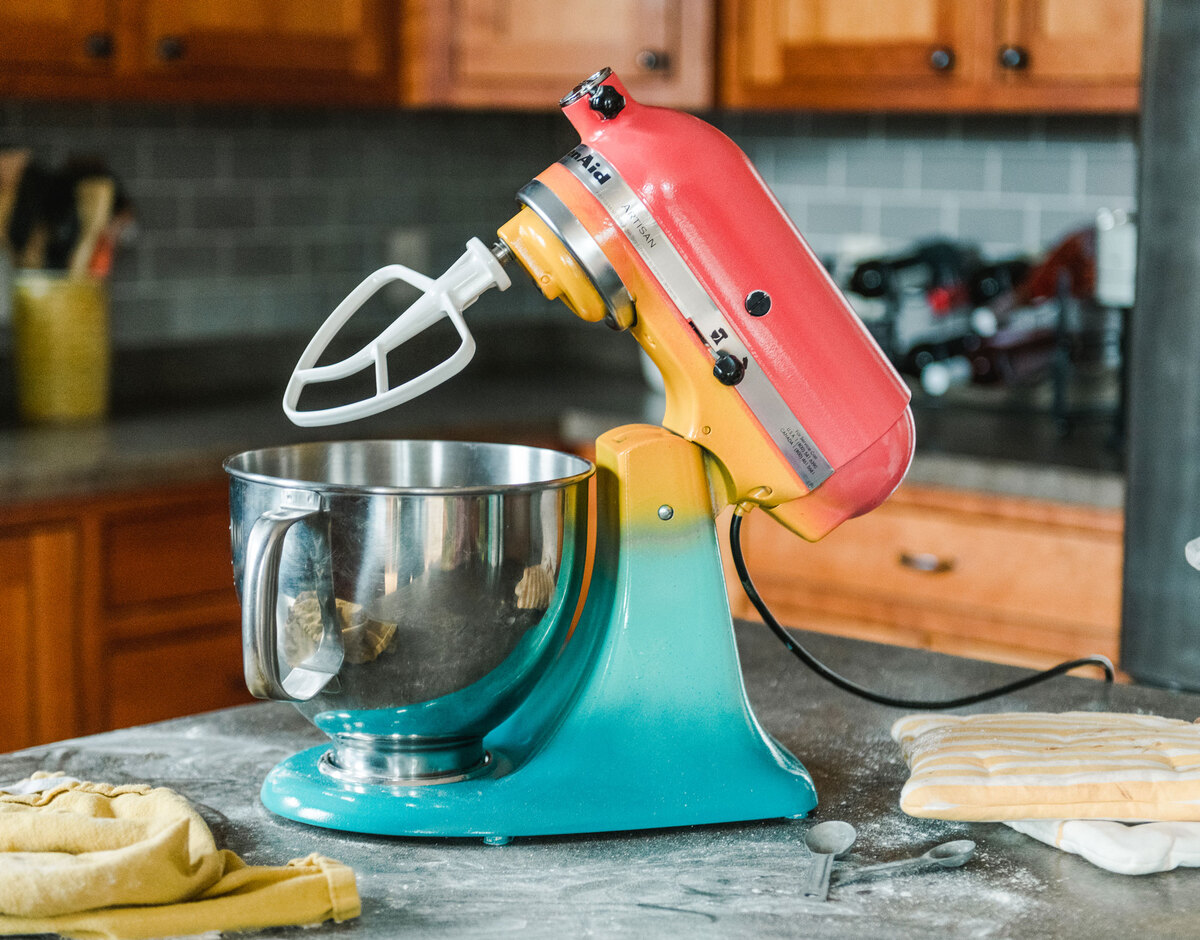

0 thoughts on “Kitchenaid Mixer How Many Watts”